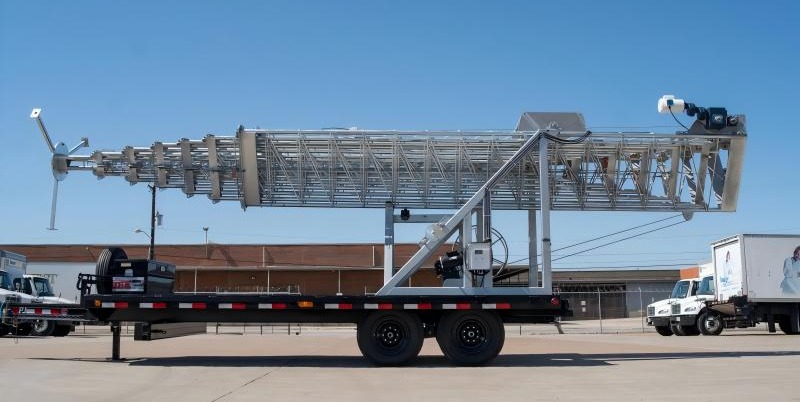The Role of High and Low Temperature Test Chamber for Electronic Component Testing
High and low temperature test chamber is used for electronic and electrical components, automation parts, communication components, automotive parts, metal, chemical materials, plastics and other industries, national defense industry, aerospace, military, BGA, PCB substrate wrench, electronic chip IC, semiconductor ceramic magnetic and polymer material physical changes. Testing the performance of its material to withstand high and low temperatures and the chemical changes or physical damage of the product in thermal expansion and contraction can confirm the quality of the product, from precision ics to heavy machinery components, will be an essential test chamber for product testing in various fields.
What can the high and low temperature test chamber do for electronic components? Electronic components are the foundation of the whole machine and may cause time - or stress-related failures during use due to their inherent defects or improper control of the manufacturing process. To ensure the reliability of the entire batch of components and meet the requirements of the entire system, you need to exclude the components that may have initial faults under operating conditions.
1. High temperature storage
The failure of electronic components is mostly caused by various physical and chemical changes in the body and surface, which are closely related to temperature. After the temperature rises, the chemical reaction speed is greatly accelerated, accelerating the failure process. The defective components can be exposed in time and eliminated.
High temperature screening is widely used in semiconductor devices, which can effectively eliminate failure mechanisms such as surface contamination, poor bonding and oxide layer defects. Generally stored at the highest junction temperature for 24 to 168 hours. High temperature screening is simple, inexpensive and can be carried out on many parts. After high temperature storage, the parameter performance of components can be stabilized and the parameter drift in use can be reduced.
2. Power test
In the screening, under the combined action of thermoelectric stress, many potential defects of the body and surface of the component can be well exposed, which is an important project of reliability screening. Various electronic components are usually refined for a few hours to 168 hours under rated power conditions. Some products, such as integrated circuits, can not arbitrarily change the conditions, but can use high temperature working mode to increase the working junction temperature to achieve a high stress state. Power refining requires special test equipment, high and low temperature test chamber, high cost, screening time should not be too long. Civilian products are usually a few hours, military high-reliability products can choose 100,168 hours, and aviation-grade components can choose 240 hours or longer.
3. Temperature cycle
Electronic products will encounter different ambient temperature conditions during use. Under the stress of thermal expansion and contraction, components with poor thermal matching performance are easy to fail. Temperature cycle screening utilizes the thermal expansion and contraction stress between extreme high temperature and extreme low temperature to effectively eliminate products with thermal performance defects. The commonly used component screening conditions are -55~125℃, 5~10 cycles.
Power refining requires special test equipment, high cost, screening time should not be too long. Civilian products are usually a few hours, military high-reliability products can choose 100,168 hours, and aviation-grade components can choose 240 hours or longer.
4. The necessity of screening components
The inherent reliability of electronic components depends on the reliability design of the product. In the manufacturing process of the product, due to human factors or fluctuations in raw materials, process conditions, and equipment conditions, the final product can not all achieve the expected inherent reliability. In every batch of finished products, there are always some products with some potential defects and weaknesses, which are characterized by early failure under certain stress conditions. The average life of early failed parts is much shorter than normal products.
Whether electronic equipment can work reliably depends on whether electronic components can work reliably. If the early failure parts are installed together with the whole machine equipment, the failure rate of the early failure of the whole machine equipment will be greatly increased, and its reliability will not meet the requirements, and it will also pay a huge price to repair.
Therefore, whether it is a military product or a civilian product, screening is an important means to ensure reliability. High and low temperature test chamber is the best choice for the environmental reliability test of electronic components.

















